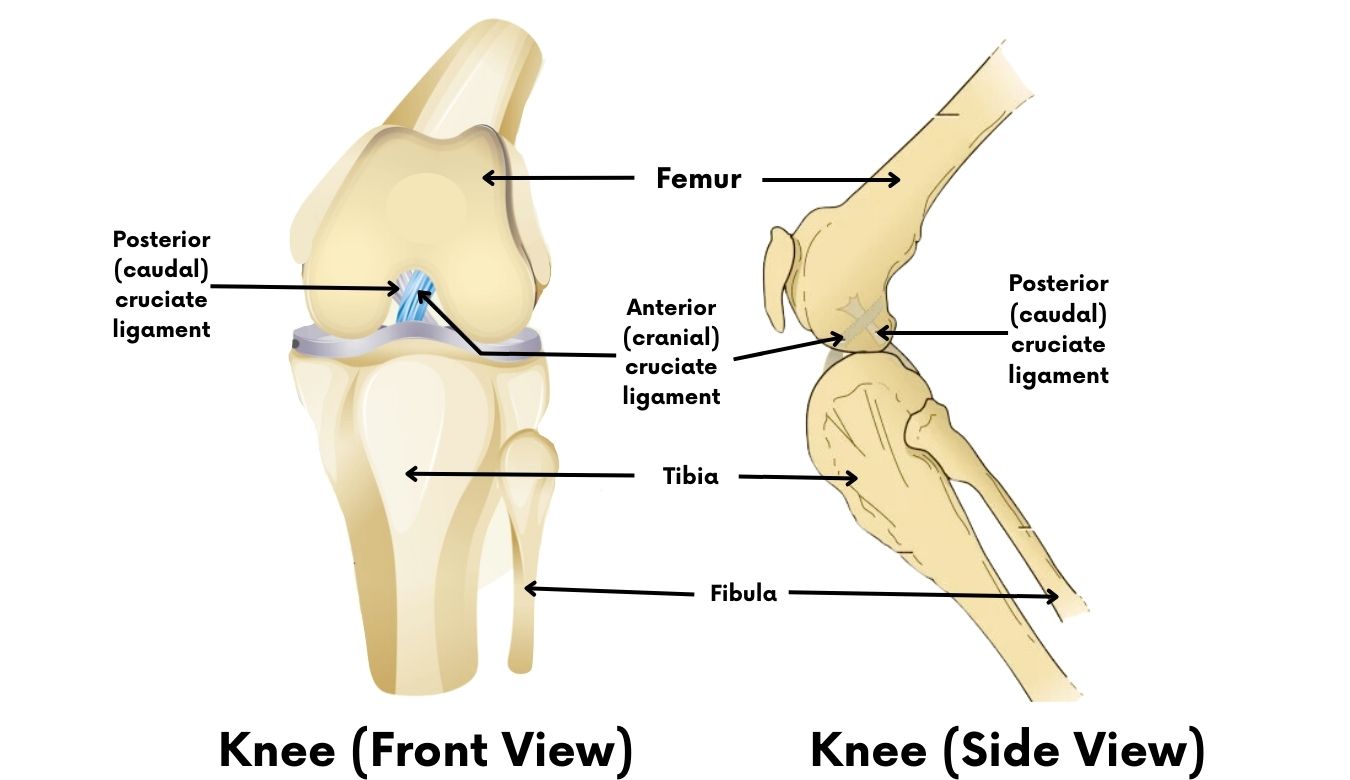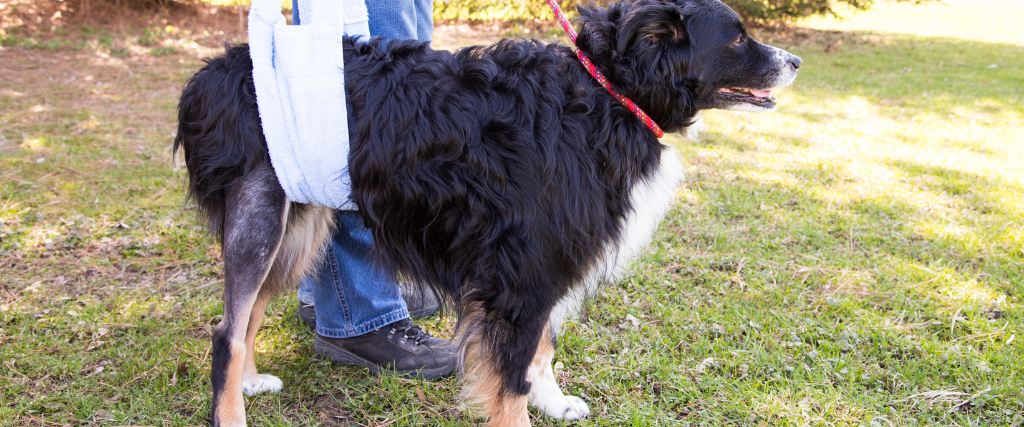When a dog suffers from a torn cruciate ligament, it's not just a mere injury but a pivotal moment in both the pet's and the owner's life. This common yet complex issue, mirroring the ACL injuries in humans, poses significant challenges and decisions for pet care. Understanding the intricacies of cruciate injuries and the array of surgical solutions available is crucial for navigating this journey.
If your veterinarian has diagnosed your dog with a torn cruciate ligament (CCL), it's important to understand this condition. The CCL in dogs serves a similar function to the ACL in humans. It's the most frequently occurring orthopedic injury in dogs and a major cause of knee arthritis. While commonly seen in larger breeds, dogs of any size can experience a CCL rupture.
When it comes to treatment, there are several surgical options available. These procedures don't repair the torn ligament directly. Instead, they aim to alter the leg's mechanics and physics, essentially making the cruciate ligament unnecessary for the leg's function.

Cruciate Tear Surgery Techniques
When it comes to surgical options for dogs with torn cruciate ligaments, veterinarians typically consider three primary procedures, each with its unique approach:
1. TPLO (Tibial Plateau Leveling Osteotomy):
This advanced procedure involves a strategic cut at the top of the tibia, followed by a rotation of the bone to effectively reduce the tibial plateau angle. The repositioned tibia is then stabilized using a plate and screws, aiming to alter the knee dynamics and alleviate the need for a functional cruciate ligament.
2. TTA (Tibial Tuberosity Advancement):
Similar in its objective to the TPLO, the TTA differs in its technique. Instead of altering the tibial plateau angle, it involves a distinct cut in the tibia. The aim is to change the leg's mechanics without modifying the tibial plateau angle. The adjusted bone is then secured with a plate and screws for proper alignment and healing.
3. Lateral Suture Technique:
Ideal for smaller dogs, this less invasive method varies in its effectiveness. This technique aims to stabilize the knee joint by replicating the function of the cruciate ligament externally, thereby allowing for a less complex surgical intervention. This approach doesn't involve bone cutting or plate insertion, making it a consideration for certain cases based on the dog's size and specific needs.

The Recovery
After your dog undergoes cruciate surgery, the recovery period is a critical phase that requires careful attention and adherence to post-operative care instructions. As a pet owner, you can expect your dog to need ample rest and limited movement to ensure proper healing. Your veterinarian will provide specific aftercare protocols, including pain management, wound care, and possibly physical therapy. It is crucial to follow these guidelines diligently to prevent complications and ensure the best possible outcome. This period will also involve regular follow-up visits to the vet to monitor your dog's progress.
Some other recommendations for recovery may include:
- Leash walking only
- Icing the incision
- Heat on the incision
- Passive range of motion techniques
- Physical rehabilitation
- Water therapy after the incision has healed
Preparedness is Key
For a smooth recovery phase after cruciate surgery in dogs, there are several key preparations owners can make before the procedure:
- Practice Leash Walking: If your dog isn’t accustomed to leash walks, start practicing before the surgery. This will help manage their mobility and ensure safe, controlled movements during the recovery period.
- Familiarize Your Pet with Confinement Spaces: Accustom your dog to spending time in a crate or a small pen. Post-surgery, they'll need to stay in confined spaces to restrict movement and promote healing.
- Medication Preparedness: Ensure you're ready to administer medications post-surgery. Familiarize yourself with the process, as timely and correct dosage is crucial for pain management and recovery.
- E-Collar Adjustment: Introduce your dog to an Elizabethan collar (e-collar) before the surgery. Wearing an e-collar is essential to prevent them from licking or biting the surgical site, and early adjustment will make it less stressful post-operation.
Remember, your commitment to following these aftercare instructions plays a pivotal role in your dog's recovery and return to a happy, active life.
The Tail End
Recovering from cruciate ligament surgery in dogs is a journey that typically spans about 12 weeks. Most dogs begin to use their leg again within a few days after the procedure, signaling the start of their path to healing. The surgical correction of a cruciate ligament tear is not just a medical intervention, but a step towards restoring an active and joyful lifestyle for both you and your canine companion.
As you navigate through this recovery process, patience and adherence to your veterinarian’s guidance are key. With time and care, your dog can look forward to running, playing, and enjoying life to the fullest once again.
We offer both the TTA and Lateral Suture techniques at Creekside Animal Hospital. If you have questions and you'd like to reach out to us, you can call us directly at (765) 737-2742, or you can email us at [email protected]. Don't forget to follow us on social media Facebook, Instagram.
First seen on: Belton Veterinary Clinic's Website
